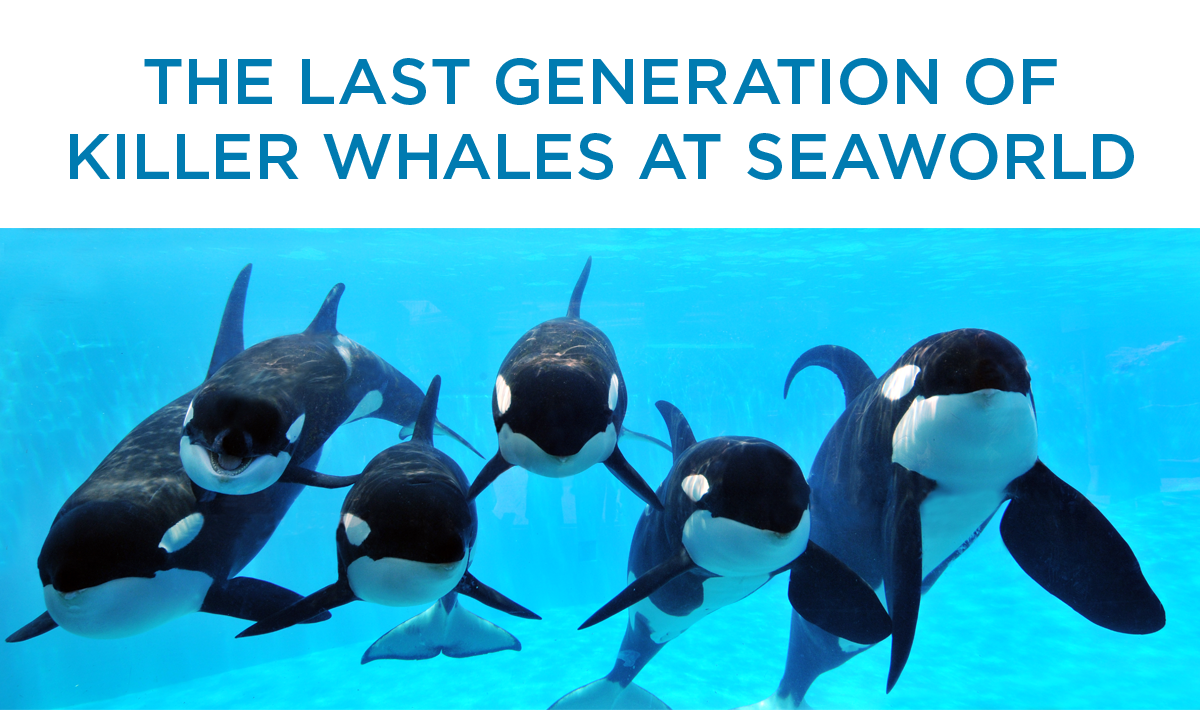Blackfish features several individuals who took this chance to speak up and create such a powerful documentary that has exposed the inhumane treatment of orcas. Through the film, we explore these mammal’s incredible nature that we as humans know little about. We also get an inside look at the not-so-pretty side of killer whales when they are forced into captivity. We are shown the terribly cruel treatment of these whales in sea parks. We meet trainers who honestly believe that they are treating the whales so well, and are distraught when they learn that the billion-dollar industries that they work for have been feeding them lies. Most horrific of all, we see the lives that are lost – both trainers and whales – because of the way that these animals are being treated.
The film takes us on a “journey of shock and discovery,” as director Gabriela Cowperthwaite teaches us about the history of orca’s in captivity, and shows us the lack of humanity that exists within the business. To me, this film was so successful because it was beautifully crafted, while incorporating powerful persuasive techniques. Much of the film was created with archival footage from actual events, and personal testimony of other trainers and witnesses. Some of the archival footage is hard to watch, such as videos of the actual performances when trainer’s lives were taken, or pictures of the raking on orcas back after being attacked by another whale because they had been locked away in a space so small they barely fit end to end. Most of the clips throughout the documentary were of these horrible, horrific things that big sea-park companies have tried so hard to bury and act as if they never happened, but they did. Not only did they happen and are undeniable facts, but they are also heart wrenching. When we see a clip, like the one below, of an absolutely distraught mother orca, screaming because her baby had been taken from her not only is tear-jerking, but it is igniting. When we see such horrible pain, we feel for those animals, we want their pain to stop – calling us to the cause.
Because of Blackfish’s beautiful cinematography, strong persuasive elements, and undeniably important message, it has been seen by millions around the world. The film mainly focuses on SeaWorld’s contributions to degrading these highly intelligent creatures, and since its release in 2013 has been an absolute nightmare for the sea park. Many have boycotted the park and protested its inhumane treatment of all its animals. In response, SeaWorld claims the film to be untrue, and simply full of propaganda. However, the films overwhelming evidence shows that SeaWorld's claims are just a desperate grasp to maintain its customer base, which only made them appear to be more corrupt.
In response to the public backlash and outrage, things have changed. SeaWorld has publicly announced that they will no longer be breeding orca's and will not take any more from the wild. Thankfully, this is their last generation of orcas. But, sadly, they have decided to keep the orca's they currently have in captivity to live out the remainder of their shortened lives – including Tillicum, a whale who has already killed three people and will undoubtedly attack again if he remains a captive. SeaWorld does say they are taking steps to make their facilities more like orca’s natural habitats, increasing the size of their tanks and providing “natural” surroundings, starting in their San Diego park, next year. They also plan to eliminate theatrical whale shows and introduce more naturalistic shows in their place.
 |
| Tillicum, the whale who was the focus throughout Blackfish is seen on the far right, easily recognizable with his collapsed dorsal fin and by far the largest of SeaWorld Whales |
Blackfish can also be viewed or rented through Netflix with your monthly subscription.
If you want to learn more about the film, you can visit their website.
This website can help you understand the inhumanities that exist at SeaWorld, and can help us fight back against them.
No comments:
Post a Comment